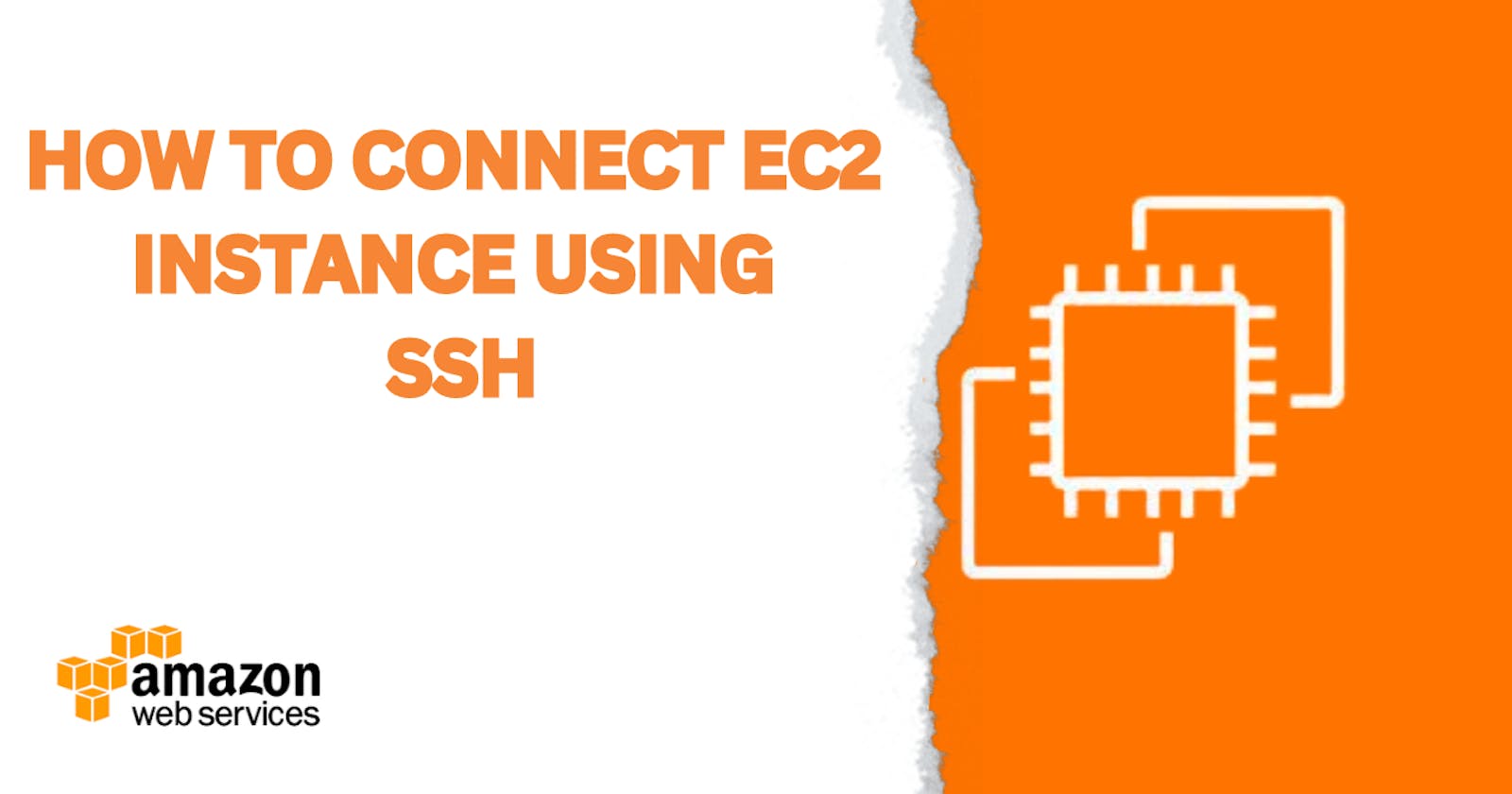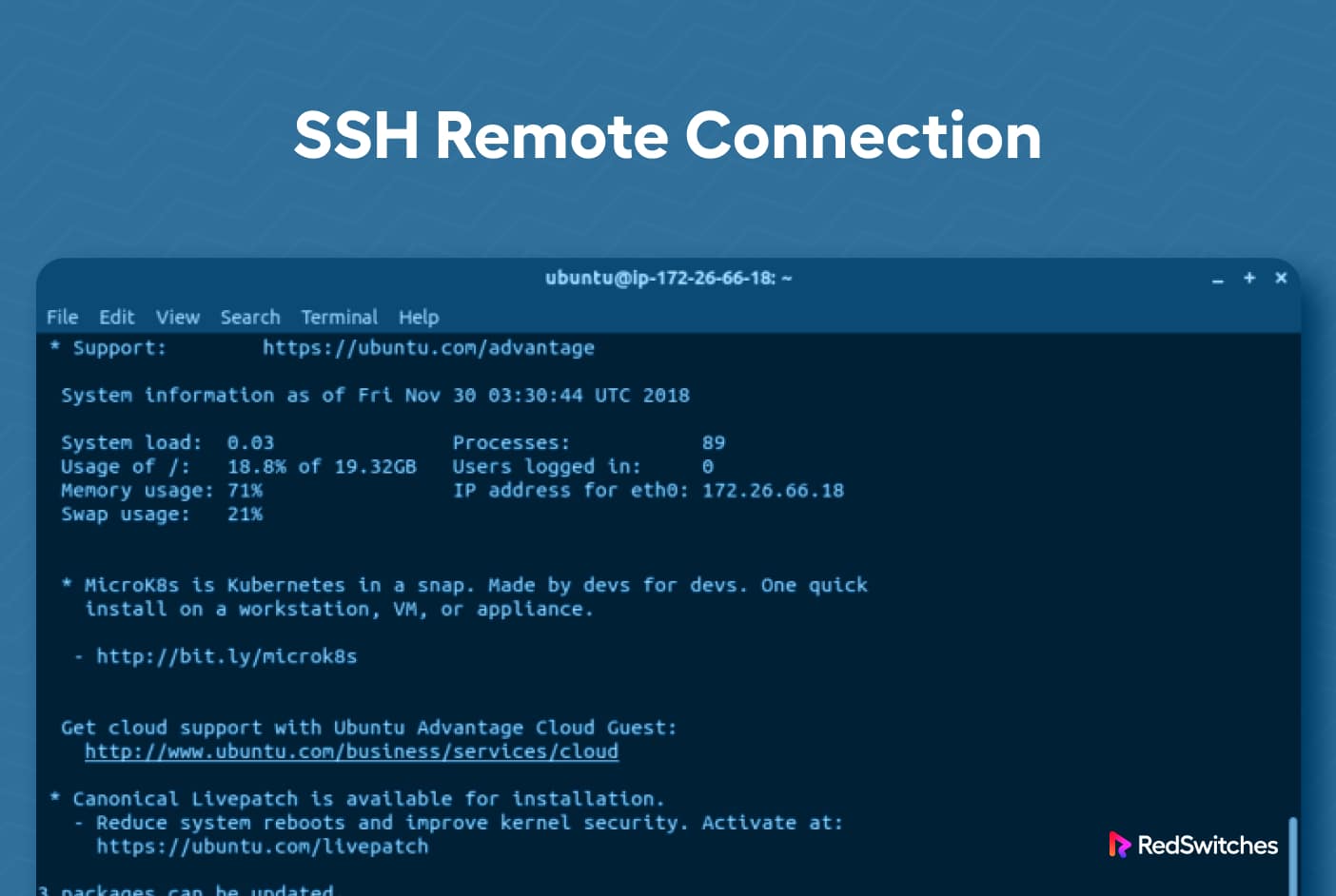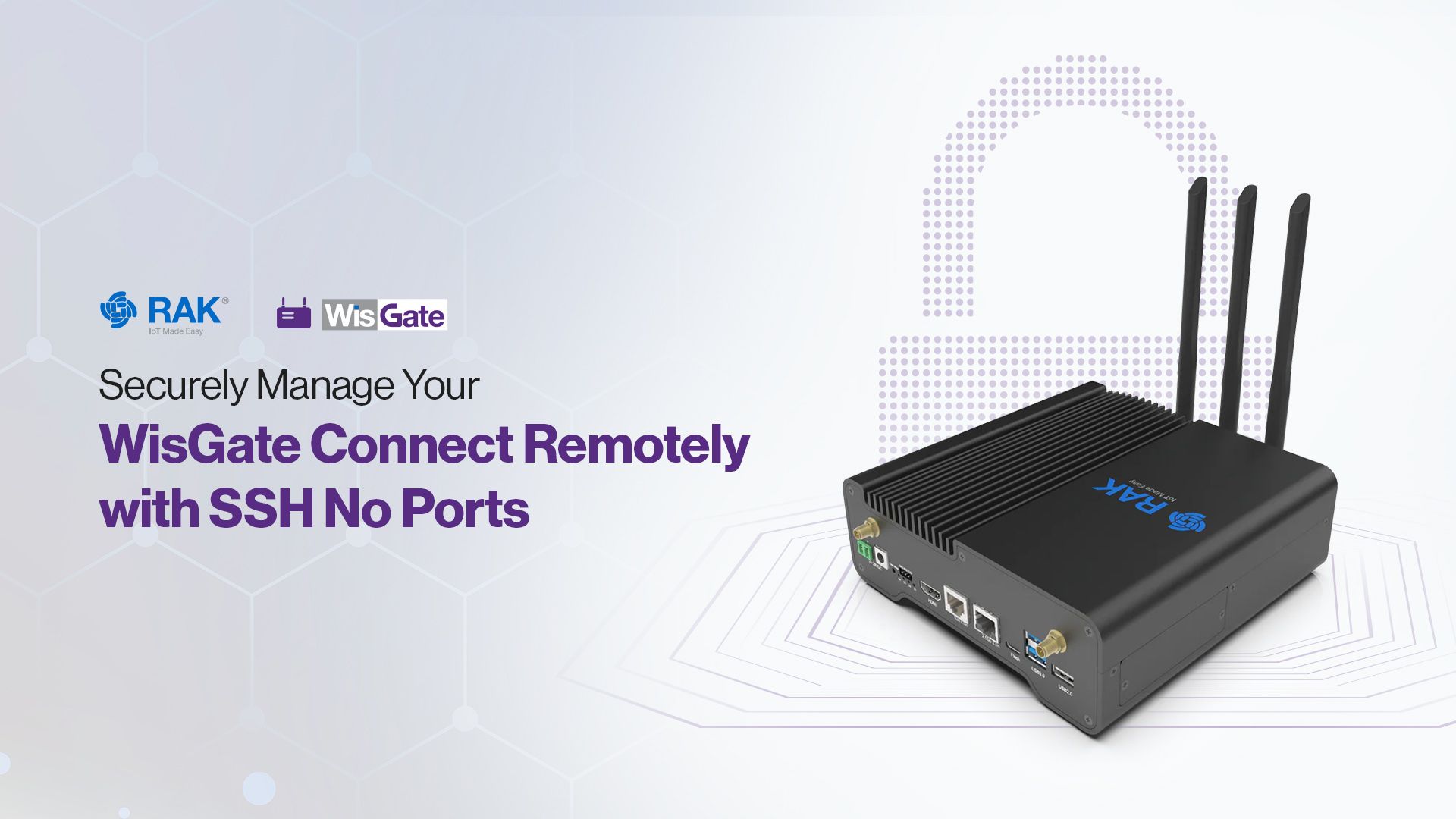Securely Connect RemoteIoT P2P - Your Guide
Getting your devices to talk to each other without a lot of fuss, yet keeping things safe, is a pretty big deal these days. This is especially true for those little gadgets that are out there doing their own thing, away from your main setup. We are talking about making sure these small computers and sensors can chat directly, without someone else listening in, which, you know, is quite important for keeping your private stuff private.
The idea of having your own private network, where each device can reach out to another directly, is actually quite appealing. It means less reliance on big, central servers, and it often feels a bit more personal, in a way. When you think about things like a Raspberry Pi, which is a very popular little computer, being able to link it up securely to other bits of your system, even if they are far away, makes a lot of sense.
This whole approach, sometimes called peer-to-peer or P2P, helps simplify how you set up these connections. It takes away some of the trickier parts of getting your devices to communicate safely. So, if you've been wondering how to make your remote IoT gadgets really secure when they talk to each other, especially using a Windows computer, this guide is for you.
Table of Contents
- What is P2P, and How Does it Help Securely Connect RemoteIoT P2P?
- Why is Secure Communication Important for Your Remote IoT Devices?
- Setting Up Your Raspberry Pi to Securely Connect RemoteIoT P2P
- Can RemoteIoT Really Simplify How You Securely Connect RemoteIoT P2P?
What is P2P, and How Does it Help Securely Connect RemoteIoT P2P?
Picture a group of friends chatting directly with each other, rather than needing a central meeting spot to pass messages back and forth. That, in a very simple way, is what peer-to-peer, or P2P, communication is all about. It means that each device in your setup can talk straight to another device, sharing information easily and without needing some big, central computer to manage everything. This directness, you know, is a pretty big part of what makes it so appealing for getting your remote IoT gadgets to securely connect remoteiot p2p.
When you take away the need for a central hub, you're also taking away a single point that someone could try to break into. This makes the whole arrangement quite a bit safer. For instance, if you have a little computer like a Raspberry Pi, and it needs to send some information to your main computer at home, P2P lets them create a private link just between the two of them. This kind of setup, it seems, helps keep things private and less open to outside eyes. So, you might say, it makes the path for your data much more straightforward and, honestly, a lot more private.
The core idea here is to create a direct line of talk, almost like a secret handshake between your gadgets. This approach helps to protect your information from people who shouldn't see it. It’s a way of building a private communication path, which is really important when you are working with devices that might be out in the open or in places where you can't always keep a close watch. This is how P2P helps you securely connect remoteiot p2p, by making those connections personal and protected, which is a good thing.
What are the Benefits of a P2P Setup for Securely Connect RemoteIoT P2P?
One of the nicest things about using a P2P setup is that it creates what you might call a "virtual private space" for your devices. Think of it like building a little room just for your gadgets to talk in, where no one else is allowed in. This kind of isolated network environment, which is based on direct communication, means your devices are not shouting their messages out into the open. Instead, they're whispering directly to each other, which, in a way, keeps things very quiet and private. This helps you securely connect remoteiot p2p by giving your devices their own special place to chat.
This direct approach can also really help in making things less risky. When you have fewer steps for your information to travel, there are fewer places for things to go wrong or for someone to try and sneak in. For example, setting up your IoT devices in a P2P environment, especially with something like an SSH connection on a Raspberry Pi, can really cut down on the chances of problems. It helps make sure that the information stays just as it should be and that your devices remain safe from unwanted visitors. So, in some respects, it’s about making the path for your data as smooth and as guarded as possible.
And honestly, you can forget about those complicated server setups that often cost a lot of money every month. P2P lets you build your own private communication channels without all that extra fuss. It's about giving you the freedom to create a network where your devices are in charge of their own conversations, rather than relying on a big, expensive central system. This means you can get your devices to securely connect remoteiot p2p without breaking the bank or needing a lot of technical know-how to get started, which is pretty neat.
Why is Secure Communication Important for Your Remote IoT Devices?
As more and more of our everyday items become connected to the internet, there's a growing need to make sure those connections are safe. Think about all the smart gadgets in homes and businesses today; they are collecting and sharing all sorts of information. This constant expansion of connected devices means that making sure they talk to each other in a safe way is, you know, really important. It's about making sure that the information these devices handle stays private and that it doesn't fall into the wrong hands. So, in a very real sense, it's about protecting your digital belongings.
For both businesses and individuals, getting your remote IoT devices to securely connect remoteiot p2p has become a really big concern. We live in a world where everything is linked up, and with so many smart devices popping up all the time, ensuring that they can communicate without issues is just paramount. It’s not just about keeping secrets; it’s also about making sure that the devices themselves are not tampered with. This means that when your devices are sending information back and forth, you want to be absolutely sure that no one can listen in or change what's being said, which is a pretty big deal.
If your devices are not talking to each other in a safe way, there are a lot of things that could go wrong. Your personal information could be seen by others, or even worse, someone could take control of your devices. This is why having a safe way for your devices to communicate is so important. It helps to keep your private life private and makes sure that your devices are doing what they are supposed to do, and only that. So, in a way, it's about building a strong wall around your digital conversations.
Keeping Your Data Safe While You Securely Connect RemoteIoT P2P
The core idea behind keeping your information safe when you securely connect remoteiot p2p is to create a special, coded link between your devices. Think of it like sending a message in a secret language that only your devices understand. This coded link means that any sensitive information, like perhaps your home's temperature readings or details about your energy use, is wrapped up so tightly that if someone were to somehow get their hands on it, they wouldn't be able to make sense of it. It just looks like a jumble of letters and numbers to anyone without the right key, which is a very good thing.
This kind of protected link is what stops people who shouldn't be looking at your information from actually seeing it. It's like having a very strong lock on a door, where only you and your devices have the key. This means that whether you are checking on your home from far away or managing a whole group of smart sensors, the information they share stays just between them. It’s about making sure that every piece of data that travels from one device to another is shielded from unwanted eyes, which is quite important for peace of mind.
When you put this kind of protective measure in place, you are basically building a private tunnel for your data. This tunnel ensures that sensitive details remain just that – sensitive. It helps to make sure that everything from simple commands to important readings stays completely private. This is a big part of why creating a reliable and coded link between your devices is so important. It's all about making sure that when you securely connect remoteiot p2p, your information is truly kept under wraps, which is what everyone wants.
Setting Up Your Raspberry Pi to Securely Connect RemoteIoT P2P
Getting a secure P2P network going with a Raspberry Pi on a Windows system involves a few really important steps. It's not just about getting them to talk; it's about making sure their conversation is private and efficient. This setup is all about creating a communication path that works well and keeps your information safe at the same time. You want to make sure that the channel your devices use to chat is as smooth as possible, and also that it’s guarded against any unwanted listeners, which, you know, takes a bit of careful planning.
The process involves making sure your Raspberry Pi, that little computer, is ready to be part of this direct communication setup. This means setting it up so it can make those one-on-one connections with other devices. It's about preparing it to be a good, private communicator. This kind of preparation helps to make sure that when your devices do start talking, they are doing so in the safest way possible. So, in some respects, it’s like getting your team ready for a very important, very private meeting.
When you are thinking about how to securely connect remoteiot p2p, especially with a Raspberry Pi, the goal is to build a system where you feel confident about your data's safety. This means taking the time to set things up properly, ensuring that every piece of the puzzle fits together just right. It’s about creating a setup that not only works but also gives you a good feeling of safety. This kind of attention to detail at the beginning can save you a lot of trouble later on, which is always a plus.
Steps for a Securely Connect RemoteIoT P2P SSH Windows 10 Setup
By the time you finish going through the instructions for this setup, you'll have a really clear idea of how to get your remote IoT devices talking securely using P2P SSH on a Windows 10 computer. This includes understanding some clever ways to do things and the actual steps you need to take. It's about giving you the knowledge and the hands-on information to make sure your data stays just as it should be, and that your devices are safe from any kind of interference. So, you might say, it’s about getting all the pieces in place for a really solid connection.
A setup that helps you securely connect remoteiot p2p using SSH on Windows 10 is, honestly, one of the most effective ways to make sure your information stays whole and your devices remain protected. This kind of setup means that when your Raspberry Pi or other IoT gadgets send information, it arrives exactly as it was sent, without anything being changed or lost along the way. It also means that your devices are less likely to be taken over or misused by someone else, which is a very important consideration for anyone with smart devices.
This guide aims to give you practical steps that you can follow, almost like a recipe, to get your secure P2P SSH connection up and running. It breaks down the process so that even if you're not a computer expert, you can still get it done. The whole point is to make it simple for you to achieve a high level of safety for your remote devices. So, in a way, it’s about making sure you have all the tools and instructions you need to build a truly safe communication path.
Can RemoteIoT Really Simplify How You Securely Connect RemoteIoT P2P?
RemoteIoT, in this particular situation, acts like a helpful assistant that makes this direct connection much easier to achieve. It takes away some of the guesswork and makes the whole setup process simpler. This means that even if you are just starting out with smart devices, or if you have been working with them for a while, you can still get your devices talking directly and safely. It's about making the process of getting your remote devices to securely connect remoteiot p2p less of a headache and more of a straightforward task, which is a pretty good thing.
Think of RemoteIoT as a tool that smooths out the rough edges of setting up these direct, private chats between your devices. It helps bridge the gap between wanting a secure connection and actually getting one without a lot of struggle. This means you can focus more on what your devices are doing and less on the tricky bits of getting them to communicate. It's about taking something that could be a bit complicated and making it much more approachable for everyone, which, you know, is always welcome.
So, yes, RemoteIoT really does help to simplify how you securely connect remoteiot p2p. It provides a way for your devices to link up directly without you having to be an expert in network setup. It’s designed to make the process more user-friendly, allowing more people to take advantage of the benefits of direct, safe communication for their smart gadgets. This kind of simplification means that more people can enjoy the peace of mind that comes with knowing their devices are talking safely.
Tips for Maintaining a Securely Connect RemoteIoT P2P Environment
Once you have everything set up, making sure it stays safe is an ongoing task. It's a bit like taking care of a garden; you can't just plant it and walk away. By regularly looking over your safety measures and making sure everything is still in good shape, you can really make your IoT devices much safer. This means checking in on your setup every now and then to see if there are any new ways to make it even more secure. So, you might say, it’s about being proactive rather than waiting for something to go wrong when you securely connect remoteiot p2p.
Keeping an eye on your security posture, which is just a fancy way of saying how safe your setup is, helps you catch potential issues before they become real problems. This includes making sure any software on your devices is up to date and that your connection settings are still as tight as they can be. It’s about making small, regular checks that add up to a big difference in overall safety. This kind of attention helps to ensure that your remote IoT devices continue to communicate without any worries, which is what you want.
The idea is to create a habit of reviewing how your devices are connected and what steps you've taken to keep them safe. This isn't about being overly worried, but rather about being smart and consistent. By doing this, you can significantly improve the safety of your IoT device setup over time. It’s a simple but effective way to make sure that your efforts to securely connect remoteiot p2p continue to pay off, keeping your information and your devices well-protected, which is a very good outcome.
- Leejong Suk
- Ella Emhoff Sexuality
- Jordan Chiles Mom Ethnicity
- Is Chelsea Swift Married
- Sophieraiin Of

#securely-connect-to-aws-ec2-using-ssh on Hashnode

Securely Connect Remoteiot P2p Ssh

Securely Connect Remoteiot P2p Ssh